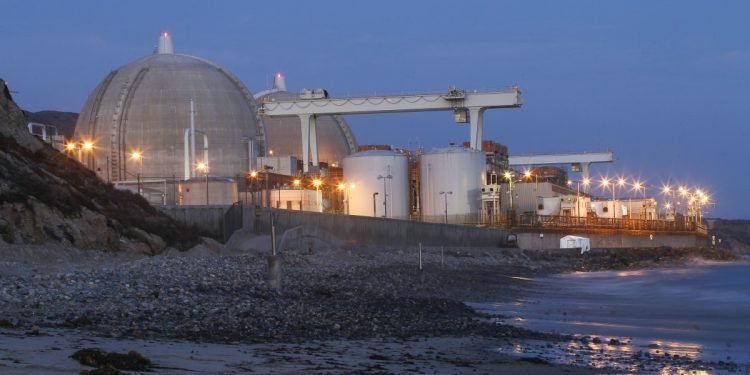Re “San Onofre didn’t produce nuclear energy for San Diego County, but we’re stuck with the waste” (Sept. 10): In his commentary, lawyer Mike Aguirre consists of each errors of reality and omission, which could lead on the reader into believing issues that simply aren’t true.
Aguirre neglects to say his current loss on the ninth U.S. Circuit Courtroom of Appeals for not seeing the Nuclear Regulatory Fee’s Freedom of Data Act course of via to its finish. As federal Decide Consuelo Callahan identified in her Aug. 23 ruling, Aguirre didn’t exhaust all his administrative treatments earlier than speeding to courtroom to file his lawsuits.
The headline of Aguirre’s op-ed suggests the misguided notion that San Diego County didn’t obtain electrical energy from San Onofre Nuclear Producing Station (SONGS) so it’s unfair to deal with its spent nuclear gas right here. San Diego Gasoline & Electrical is a 20 % proprietor in SONGS and a big quantity of electrical energy went to San Diego County for many years, not zero because the piece implies.
Additional, calling the spent gas canisters “paper-thin” is deceptive. The canisters are 316L stainless-steel and 5/8” thick. A pattern of the metal the dimensions of your open hand weighs 3.5 kilos. Empty canisters weigh 20 tons. The declare of spent gas “seeping” into the ocean by 2050, as imagined by Aguirre, has no foundation actually or science. The spent gas is a strong pellet, and the welded-shut canisters have a service lifetime of 100 years.
Most affordable individuals agree the spent gas at SONGS ought to be relocated by the federal authorities to a everlasting repository for disposal as required by regulation. That’s the place the main focus must be.
Dobken is public info officer for San Onofre Nuclear Producing Station, Southern California Edison. Editor’s be aware: The net headline of this commentary has been adjusted to extra precisely mirror the article.











